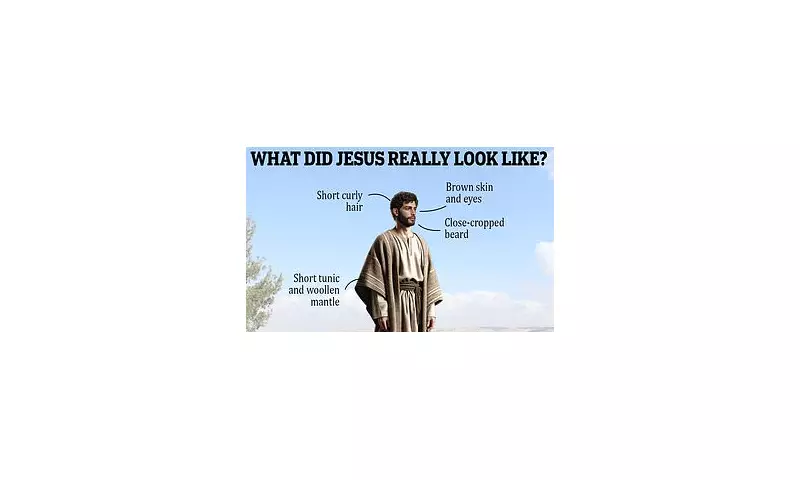
The iconic Hollywood portrayal of Jesus Christ as a tall, European-featured man with flowing light hair may be one of cinema's greatest historical inaccuracies, according to cutting-edge forensic research that reconstructs what the historical Jesus truly looked like.
The Science Behind the Face
Forensic experts and archaeologists have painstakingly analysed skeletal remains of 1st-century Jewish men from Galilee to create what they believe is the most accurate representation of Jesus ever produced. The results dramatically contradict traditional Western art and Mel Gibson's celebrated 2002 film The Passion of the Christ, which starred Jim Caviezel.
What the Evidence Reveals
The scientific reconstruction suggests Jesus would have stood approximately 5 feet 1 inch tall – significantly shorter than modern Western standards. His complexion would have been olive-toned with dark eyes and short, curly black hair typical of Middle Eastern men of his era.
Key physical characteristics identified by researchers include:
- Height around 5'1" (155cm) based on average male stature from the period
- Dark, weathered skin from outdoor work as a carpenter
- Short, curly black hair consistent with Jewish cultural norms
- Muscular build from physical labour
- Facial features typical of Galilean Semitic populations
Why Gibson's Vision Differed
Mel Gibson's cinematic interpretation, while praised for its emotional intensity and Aramaic dialogue, consciously chose to present a more familiar Westernised Jesus. Jim Caviezel's portrayal featured lighter features and a more classical Hollywood appearance that resonated with international audiences but diverged from historical accuracy.
The forensic research team emphasised that their reconstruction isn't about challenging religious beliefs but rather providing scientific insight into what a typical man from Jesus's time and place would have physically resembled.
The Cultural Context
Historical records and archaeological evidence indicate that 1st-century Jewish men in Roman-occupied Judea typically maintained short hair and beards in compliance with religious traditions. The familiar long-haired depiction emerged centuries later through European Renaissance art that reflected the artists' own cultural context rather than historical reality.
This groundbreaking research continues to spark discussion among historians, theologians, and filmmakers about balancing artistic interpretation with historical authenticity when portraying one of history's most significant figures.





